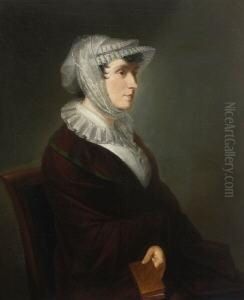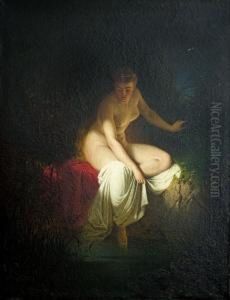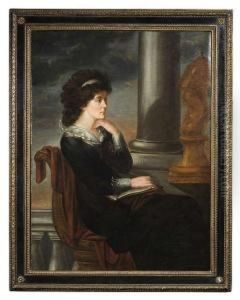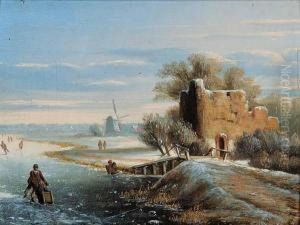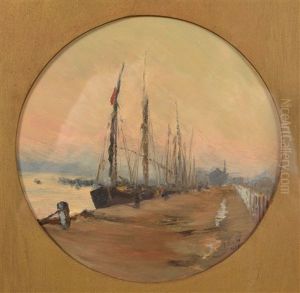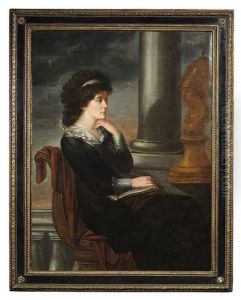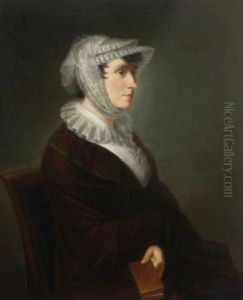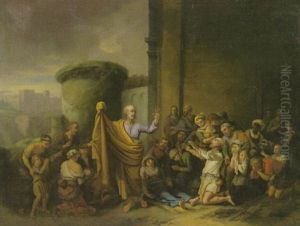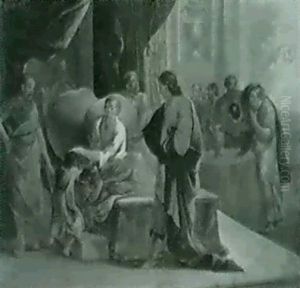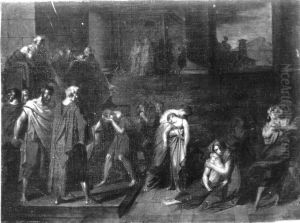Johann Peter Von Langer Paintings
Johann Peter von Langer was a German painter, draughtsman, and etcher, recognized for his role in the transition from Rococo to Neoclassicism in German art. Born on April 1, 1756, in Kalkum now part of Düsseldorf, Langer was initially taught by his father, a minor painter named Johann Christoph Langer. He later continued his education at the Academy of Fine Arts in Düsseldorf, where he was influenced by the director Lambert Krahe, who instilled in him a foundation in the principles of drawing and painting.
Langer's early works were primarily religious in nature, reflecting the Rococo style that was prevalent at the time. However, after a significant period of study and travel in Italy from 1783 to 1789, his style shifted towards Neoclassicism. During his stay in Rome, Langer was deeply influenced by the works of classical antiquity and the Renaissance, particularly the creations of Raphael and the Carracci. This experience was pivotal in refining his aesthetic and technique.
Upon his return to Germany, Langer became an important figure in the German art scene. He was appointed director of the Elector Max Friedrich's gallery of paintings and the Academy of Fine Arts in Düsseldorf in 1789. In 1806, he moved to Munich to take up the position of the first director at the newly founded Royal Academy of Fine Arts, at the behest of Maximilian I Joseph of Bavaria. His leadership and pedagogical approach at the Munich Academy were influential, and he played a key role in shaping the institution's direction during its early years.
Langer's impact on the Academy was profound, as he sought to elevate the standards of art education by incorporating the study of the human figure and introducing systematic instruction in anatomy for artists. He was also an advocate for the integration of history painting into the curriculum, which was considered the most prestigious genre of the time. His tenure at the Academy saw the nurturing of a new generation of artists who would continue to develop the neoclassical style.
As an artist, Langer's work was characterized by clear lines, balanced compositions, and a serene quality that reflected his classical influences. While he created a number of altarpieces and religious works, his oeuvre also included portraits, historical scenes, and mythological subjects. Despite not achieving the same level of fame as some of his contemporaries, Langer's contributions to the German art world, particularly in education, were significant.
Johann Peter von Langer died on August 6, 1824, in Munich. His legacy endures through the students he taught and the institutions he shaped, which continued to influence the course of German art long after his death.
